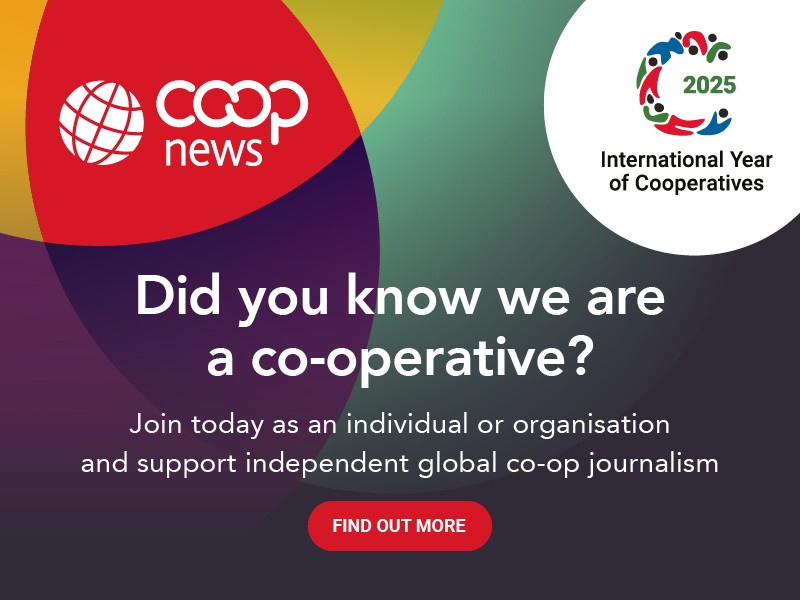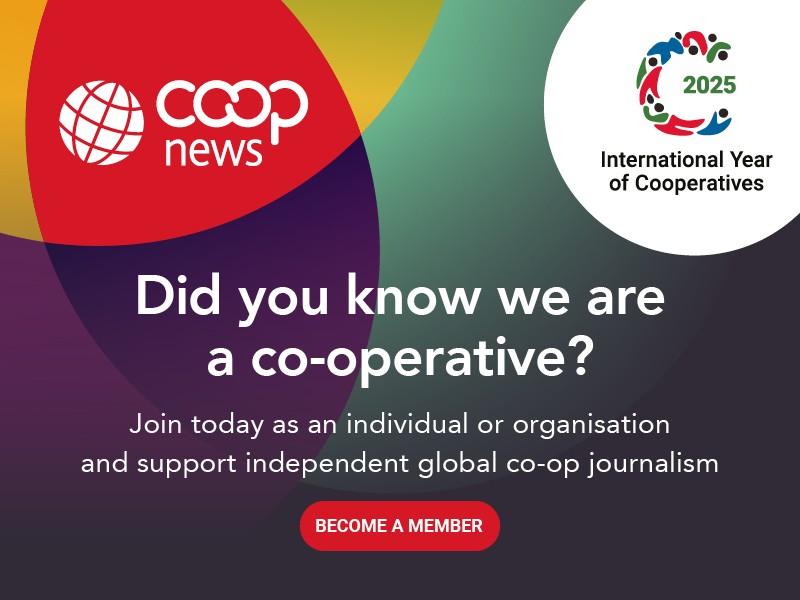Social return on investment (SROI) is a methodology for calculating the monetary value of the impact made by a community programme.
That value can include a wide variety of aspects, from the financial savings achieved for the government if someone finds work, to the value placed on an improvement in participants’ general wellbeing.
SROI enables an organisation to compare the value of a programme’s outcomes with the money that was invested to achieve those outcomes. A ratio of 10:1, for instance, would indicate that £10 of social value was delivered for every £1 spent.
Heidi Fisher is a former accountant and she now helps organisations measure and report on their social impact through the community interest company, Make an Impact. She has helped create Central England Co-operative’s first social impact report.
“Measuring your SROI tells you whether you’re achieving what you’re setting out to do,” she says. “As an example, I’ve had organisations saying that they get people into employment, but actually the outcomes have turned out to be much more about improving people’s self-esteem and motivation.
“The biggest business benefits to measuring SROI are around decision-making and looking at where you can improve. If you’ve got several different projects, you can look at the social return you’re getting on each one, to help you decide which are the best ones to continue with, and what would be the consequences of not carrying on with any of them.”

Concern for the Community is a key co-operative principle. While other businesses might support community initiatives primarily for marketing purposes or to tick a CSR box, for co-operatives, it really is at the heart of what they do. So it is perhaps even more important for a co-operative to try to ensure that the support it’s offering communities is actually having the desired effect.
In order to calculate the social return of an investment, first you need to look at what outcomes have been achieved. Then you need to consider what financial values or proxies can be applied to those outcomes. There are a range of resources available to help determine those figures, including the Global Return of Exchange by Social Value UK and New Economy Manchester’s Unit Cost Database. It’s far easier to determine a monetary figure for ‘hard outcomes’, such as people accessing employment, than it is for less tangible outcomes, such as an increase in participants’ self-esteem. Once a monetary figure has been determined for the outcomes achieved, there are a number of adjustments that need to be made.
Heidi says: “Basically, you’re taking the initial financial proxy, multiplying it by the number of outcomes, making all the adjustments and then dividing it by the cost of delivering that service.”
If this all sounds terribly complicated, take heart. Heidi says: “Some people are put off measuring their impact because they look into it and think it’s too confusing, is going to take up too much time, or be too costly. What I always say is, make it manageable; just do a little bit to start with and use any existing data you already have.”
In an independent audit on Central England Co-operative, Heidi worked with the society to focus on three main projects for its social impact report. They are membership, Community Dividend and its SENse to Aspire work experience scheme.
She explains: “These three areas really show the diversity of the activities Central England provides. On the one end is the grant making, which is enabling lots of organisations to be sustainable. Then you’ve got the member groups, which are helping people to get out and be less isolated. Finally, there’s SENse to Aspire, which is an employability programme for young people with special educational needs.”
The benefits of reporting
Benchmarking can be an important part of community investment, but it is difficult to benchmark on SROI, as Heidi explains: “Benchmarking is difficult when it comes to SROI, because you really need to be looking at an identical organisation, which isn’t always going to be possible. For Central England, there weren’t any other retail based co-ops that were looking at their community programmes in this way, so we couldn’t benchmark their SROI. It would have been like taking an apple in one hand, and a banana in the other, and trying to compare them.”
Central England has chosen to publish a stand-alone Social Impact Report. Others may just want to include SROI figures within their Sustainability Report, or within the CSR section of their Annual Report and Accounts.
Heidi believes there are benefits to reporting separately: “For me, a CSR report is something a business does to say, ‘Hey, aren’t we good, this is all the stuff we do in the community.’ Whereas a social impact report, or a SROI report, is more about saying, ‘This is part of our day-to-day operations; making a difference in the community is at the core of who we are.’ You really need a balance between reporting on your financial performance and reporting on your social performance, otherwise you’re not really telling the full story.”
What is SROI?
The method identifies, assess and values the impact a particular service or activity has. Typically it is used in order to provide a cost-benefit analysis, which is presented as a ratio showing how for every £1 invested £x of benefit is produced.
SROI standardises what it terms as ‘soft outcomes’, which do not have a monetary value, eg increased self-esteem, by assigning a financial proxy. Outcomes can include those that impact individuals, the community and environment.
A ‘financial proxy’ is used to put a financial value on a non-financial outcome. For instance, what is the financial value of an individual finding work and coming off benefits? Or what is the ‘value’ of increased ‘wellbeing’? To find out some of these values, there are a number of databases that publish this information:
- The Global Value Exchange:
www.globalvaluexchange.org - SROI Network:
www.thesroinetwork.org - Centre for Social Impact Bonds:
data.gov.uk/sib_knowledge_box/toolkit - HACT Social Value Bank:
www.hact.org.uk/social-value-bank

